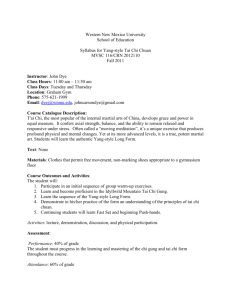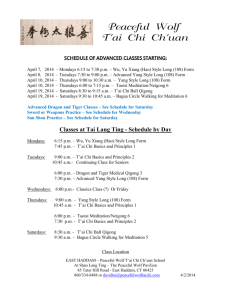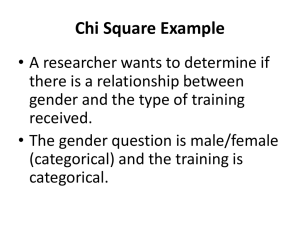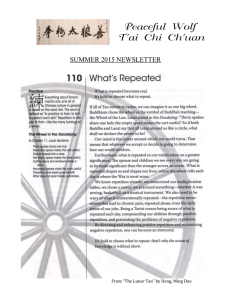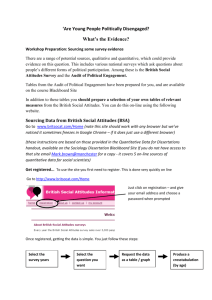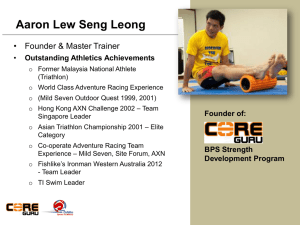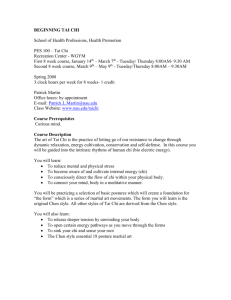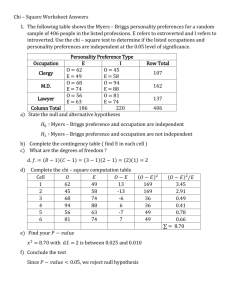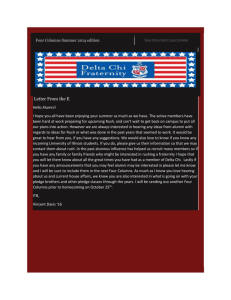The Ancient Art of T`ai Chi: Its History and Proven Health Benefits
advertisement
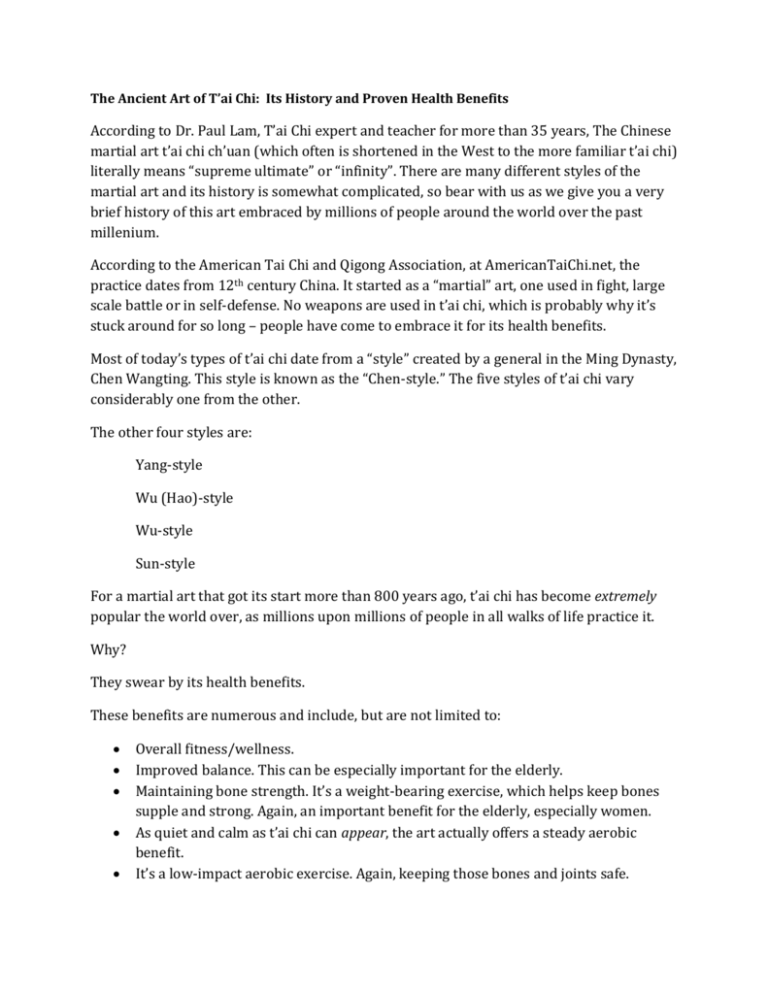
The Ancient Art of T’ai Chi: Its History and Proven Health Benefits According to Dr. Paul Lam, T’ai Chi expert and teacher for more than 35 years, The Chinese martial art t’ai chi ch’uan (which often is shortened in the West to the more familiar t’ai chi) literally means “supreme ultimate” or “infinity”. There are many different styles of the martial art and its history is somewhat complicated, so bear with us as we give you a very brief history of this art embraced by millions of people around the world over the past millenium. According to the American Tai Chi and Qigong Association, at AmericanTaiChi.net, the practice dates from 12th century China. It started as a “martial” art, one used in fight, large scale battle or in self-defense. No weapons are used in t’ai chi, which is probably why it’s stuck around for so long – people have come to embrace it for its health benefits. Most of today’s types of t’ai chi date from a “style” created by a general in the Ming Dynasty, Chen Wangting. This style is known as the “Chen-style.” The five styles of t’ai chi vary considerably one from the other. The other four styles are: Yang-style Wu (Hao)-style Wu-style Sun-style For a martial art that got its start more than 800 years ago, t’ai chi has become extremely popular the world over, as millions upon millions of people in all walks of life practice it. Why? They swear by its health benefits. These benefits are numerous and include, but are not limited to: Overall fitness/wellness. Improved balance. This can be especially important for the elderly. Maintaining bone strength. It’s a weight-bearing exercise, which helps keep bones supple and strong. Again, an important benefit for the elderly, especially women. As quiet and calm as t’ai chi can appear, the art actually offers a steady aerobic benefit. It’s a low-impact aerobic exercise. Again, keeping those bones and joints safe. Coordination and flexibility can – and often does – improve. Practitioners often report that the stiffness and pain of arthritis subsides. Practicing t’ai chi means you will move slowly, almost meditatively. (Some advanced practitioners actually meditate while performing their t’ai chi moves.) Many people report that the length and quality of their sleep improves. In addition, the American Tai Chi and Qigong Association says that many t’ai chi proponents believe that the practice promotes the flow of qi (pronounced “chee”) throughout one’s body. Qi is translated as meaning “power” or “air.” For a much more complete discussion of t’ai chi and its origins, please visit the American Tai Chi and Qigong Association (AmericanTaiChi.net) or the Electrical Engineering Department at UCLA (of all places!) at ee.ucla.edu. *Visit the website of the Electrical Engineering Department of UCLA for a short but comprehensive history of t’ai chi at http://www.ee.ucla.edu/~qifeng/history.html. Please note: the history has many diagrams as it works to describe all t’ai chi’s branches and permutations! Jean Henshaw began offering content writing and other marketing communications/ editorial services in 2008 after years of a successful journalism and public relations career. Her articles have appeared in Internet World, the San Diego Union, the Des Moines Register and many others. She is a senior writer with Pimsleur Approach, leading retailers of language learning courses including Learn to Speak Brazilian Portuguese and Learn to Speak Japanese.
